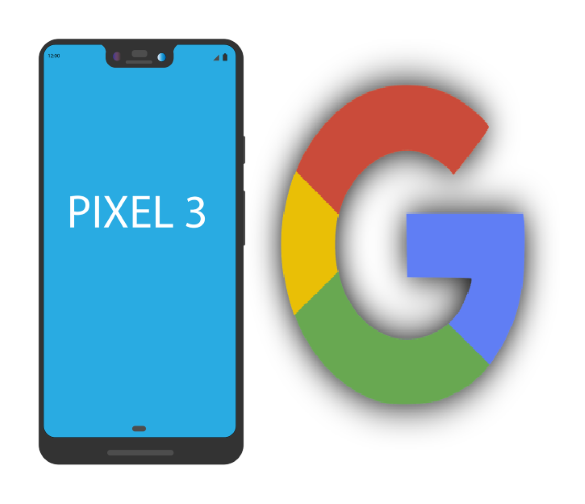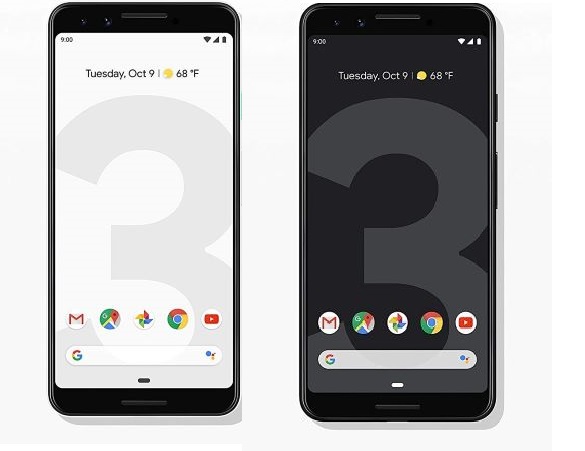How to Change the Battery on the Google Pixel 3
Google Pixel 3 has been around for a couple of years, and it’s one of the best mid-range smartphones on the market.
The camera quality is where Pixel 3 truly shines, but it also has other impressive features. When it comes to the battery, the Pixel 3 XL model offers more durability than the smaller model, which is excellent.
However, if your battery has weakened or you’re having other battery issues, you might need to replace it. In this article, we’ll explain how to go about it.
Replacing the Battery on Your Pixel 3
It’s a well-known fact that the battery on your phone will start to deteriorate after prolonged use. And even though Google Pixel 3 is a relatively new phone, the battery could start showing signs of fatigue.
That will depend on how much you use your phone every day. But faulty batteries are not uncommon, and if your battery starts to act out, that’s a sign that you need a new one.
If your Pixel 3 is under the warranty when the battery issues start, you can bring it in for the replacement in one of the Google Stores or at an authorized Google repair partner.
You can visit the official support page to choose your region to find a closest store or repair partner near you. In case you can’t find something close, you can contact Google directly and explain your problem.
Even if your phone is no longer under warranty, not all is lost. Google encourages Pixel 3 users to try to replace them with unauthorized repair shops or on their own.
In the US, the uBreakiFix company does most of the repairs and battery replacement that are out of warranty. The average price for a battery change is around $70-$80.

How to Change the Pixel 3 Battery Manually
If you like tinkering with electronics, you might want to change your Pixel 3 battery manually.
The process isn’t quick; it might take between an hour or two. But it’s more affordable because a new battery alone costs around $15-$25.
So, it’s probably best to choose a battery that comes with a toolkit for at-home repairs. Before you start, make sure your battery has less than 25% power, and then follow these steps:
- Remove your sim card from your Pixel 3.
- Use a hair dryer or other heating source to heat the phone’s screen and the adhesive.
- Use a wedge (usually provided in the toolkit) to remove the glass display.
- Use a thin plastic card to cut the adhesive, but make sure to hold the display firmly in place.
- Then lift the screen gently and cut any of the remaining adhesive while you do.
- Remove the two screws that are securing the display connector and then remove the connector cover.
- Disconnect the display cable and remove the screen entirely.
- Now remove all the remaining screws.
- Pull back all the pieces of metallic tape and all cables.
- Remove the mid-frame and be mindful of the proximity sensor at the top.
- Finally, remove the original battery and install the new one.
- Carefully put back the proximity sensor and mid-frame and snap it into place.
- Reconnect all the display and ribbon cables, metallic tape, and the screws.
- Put the screen back on and make sure to position it correctly.

Important: Keep in mind that opening your phone will void any warranty or insurance policy you might have.
How to Extend the Battery Life on Your Pixel 3
Replacing the lithium-ion battery on any smartphone is going to be a hassle. It doesn’t matter if you go to an authorized repair shop, unauthorized one, or even try to do it yourself. That’s why it’s best to try and extend the battery life first.
That doesn’t include faulty hardware, but in most cases, battery issues are related to incorrect handling. Let’s see some tips you can apply to ensure your Pixel 3 battery keeps going strong.
Don’t Go from Zero to a Hundred
Believe it or not, draining your phone to 0% and then charging it back up to 100% puts a lot of stress on the battery. The optimal range for your lithium-ion battery is between 20% and 90%.
Don’t worry about the frequent charges if you top up the battery whenever you get the chance. It won’t harm it at all.
Lower the Brightness
The bigger the phone screen, the bigger is battery consumption. So, if you keep your screen on the max brightness level, you can’t count on the battery percentage dropping quickly. For optimal use, it’s probably best to use the auto-brightness feature.
Restrict Apps Permissions
The big screen and maximum brightness drain the battery. But not many people realize that some apps, especially Facebook, Snapchat, and Instagram, are eating up your battery faster than anything else you have on the phone.
To make things a bit better, you can go to these apps’ settings and restrict permissions like location, video auto-play, and sometimes notifications.
Charging for Storage
If you’re planning on putting your smartphone away for a while, you should still be mindful about preserving the battery. Since the lithium-ion battery seems to prefer the 50-60% charge in general, it’s probably best to charge it up to that point for storage too.
That doesn’t mean that the phone, which is off, doesn’t use a battery, because it does. However, it’s the best way to maintain the health of your battery.
Protecting Your Pixel 3 Battery
Google Pixel 3 is an excellent smartphone, and millions of happy users around the world confirm it. But it’s by no means perfect. If the battery seems faulty, all you need to do is look for an authorized Google partner and bring in for repair or replacement.
Even if your phone is no longer under warranty, you can still bring it. However, you’ll have to pay for the replacement. And if you’ve just got a Pixel 3, make sure to treat the battery right so you can use it longer.
Do you have a Pixel 3? What is the battery usage like? Let us know in the comments below.
















